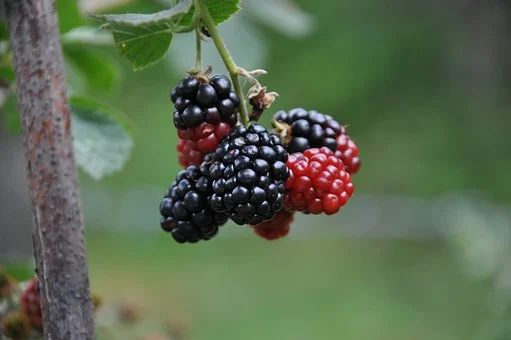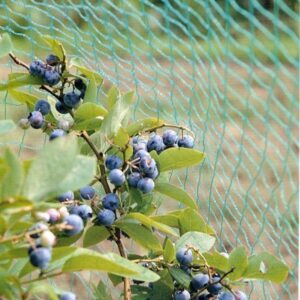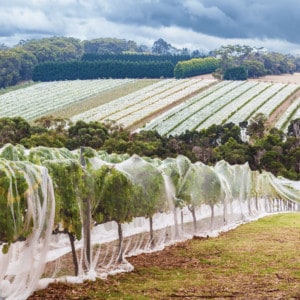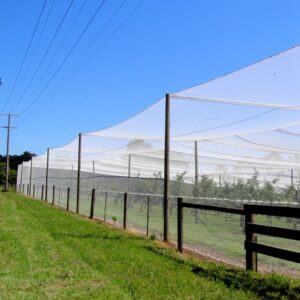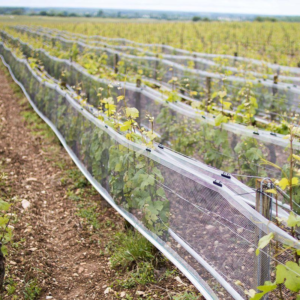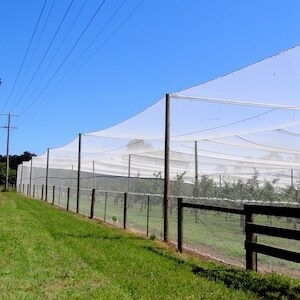You care and love planting and caring for mulberry fruit trees. After all, isn’t it the reason you grow it in your compound, garden, or orchard, or indoor?
Unfortunately, your efforts may only bear fruits when the mulberry is properly planted and taken care of. Therefore, to ensure your mulberry fruits have the flavor of sweet blackberry and are good plants, take care of them.
But, first, let’s see what mulberry is…
What is a Mulberry Fruit Tree?
The mulberry tree is a deciduous tree and occurs in temperate regions. You have over 200 species of mulberry to choose from. However the most common mulberry varieties three:
1. White
2. Common
3. Silkworm (Morus alba)
Tips for Caring for Mulberry Fruit Tree
There are many tips for taking care of your mulberry, so let’s get to it!
Sunlight requirements
Mulberry is like direct sun and needs to be spaced at a minimum. The white variety requires 4 hours of direct, unfiltered sunlight.
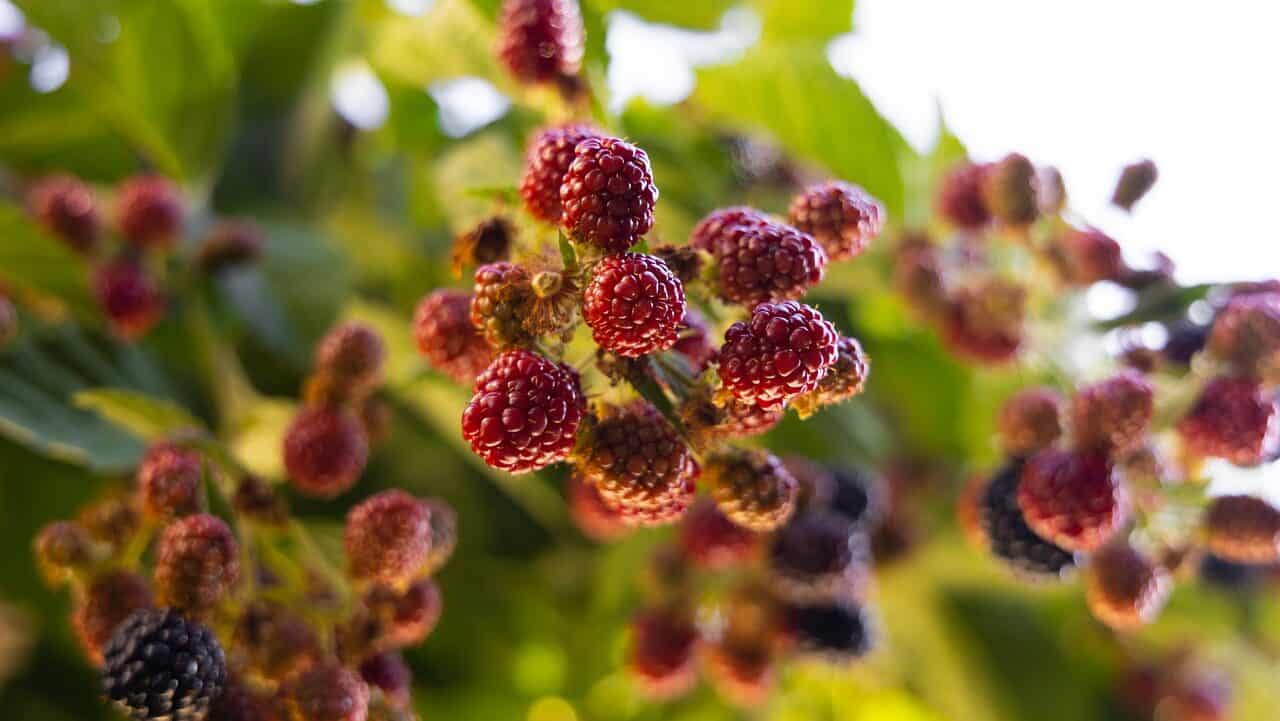
Watering
You don’t have to worry about watering unless you have newly planted. If you have just planted, you need to water often to stimulate the growth of healthy roots. Once you find they have established themselves, they are good to go.
In the dry periods, you must ensure your water every week. Do not allow the roots to dry up because the fruit will drop before they ripen.
Soil Conditions
Mulberry trees are not picky when it comes to soils. They can do well in soils ranging from sandy, loamy, clay, and even rocky. They are tolerant of both alkaline and acidic soils. They do well with a pH range of 5.0 – 5.7. They also grow and tolerate salty conditions such as coastal areas. They prefer well-drained and most soils.
Fertilizing
It is not recommended you fertilize your mulberry during the first year of growth. Just wait until after the second year of growth to fertilize.
If your mulberry is well established, use slow-release NPK fertilizer with a ratio of 10:10:10. Fertilize in late winter or early spring. The recommended amount is a pound of fertilizer for every inch of trunk diameter.
If your mulberry tree has not experienced recent growth but is healthy, apply only nitrogen.
Pruning
Mulberry trees require pruning every year. The fruit trees bloom and regrow on the previous year’s growth. So avoid heavy trimming because it will cause decreased fruit production. Cut branches to retain manageable size and keep the fruit within reach.
If your mulberry has gone dormant, this is the best time to prune. What’s more, you’ll have a better picture of what you’re pruning.
Tips for planting Mulberry Tree
Here are a few tips on growing mulberry, so let’s get into it!
How do you Plant
You should plant your mulberry seedling in spring. Ensure your trees will have full access to the sun. Space your mulberry trees at mini of mum 30 feet apart. If you are planting the smaller varieties space at 10 – 15 feet
You can grow the mulberries either from seed or propagation. However, you should go the easy way and buy young trees from your local area because they are easy to transplant.
Take care of the roots in the winter to prevent them from freezing. You can place a layer of mulch at the base.
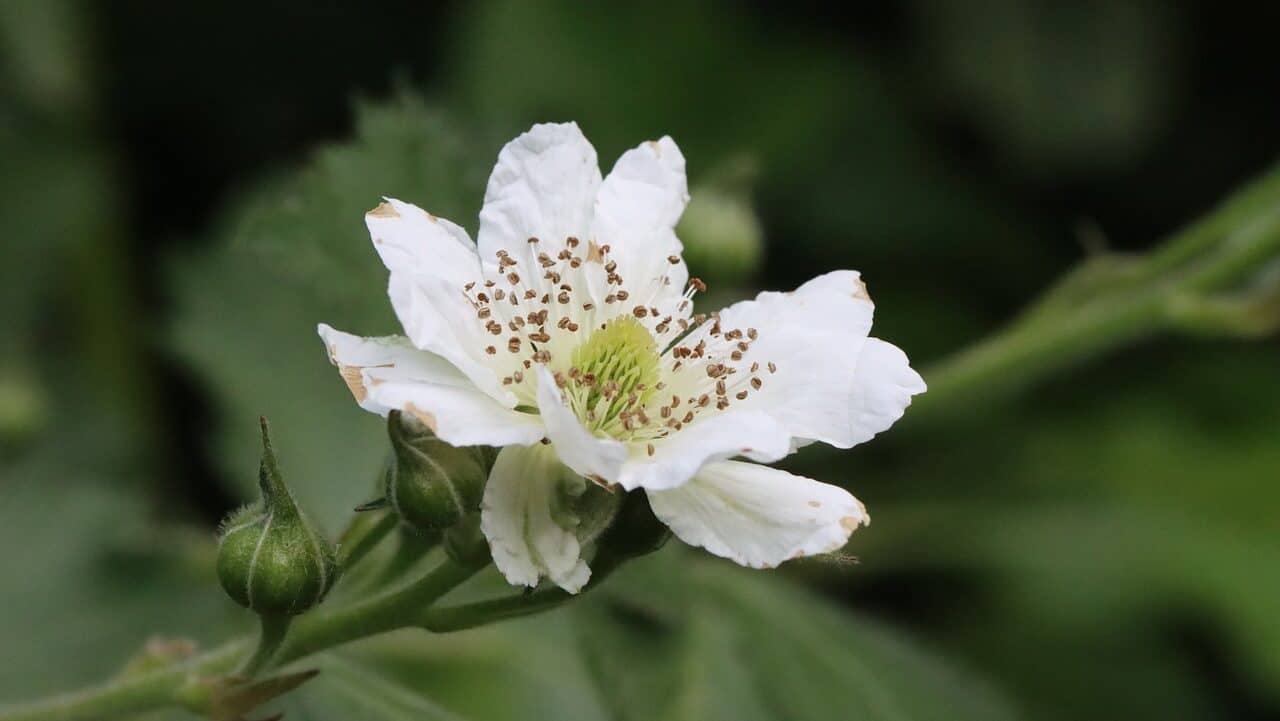
Where to plant
If you’re having erosion problems, these trees roots are suited to fix that issue.
Some varieties are resistant to winds. You can plant in areas with strong winds. Planting mulberry in windy locations can serve as a windbreak.
Harvesting
Check if your mulberry tree turns a deep purple to almost black. If this is the case, then it is ready to be harvested. This happens from late spring to summer.
You can pick ripe fruit from its branch with ease. Ensure you don’t pull with force to avoid the branch’s rebound causing other ripened berries to fall to the ground.
Alternatively, you can also shake. Just place an olive collection net or tarp underneath the canopy and gently shake the tree. Often, this is the best method because it’s easier and less time-consuming.
If you want to keep them in a sealed container in the fridge for several days, ensure you do not wash them.
Lastly, there are many ways to consume them. You can
- Eat them raw
- Make jellies or jams
- Baked goods of all kinds
- Freeze them
Pest and Problems
Fortunately, you’ll encounter a few problems with insects in your tree. You may find mites or mealybugs, but you can get rid of them with a powerful stream of water from your garden hose or Japanese beetle netting.
Occasionally you can have an issue with boring insects. However, these are considered secondary pests and are indicative of a bigger problem in your tree.
Your main visitors are birds and other woodland creatures whenever the mulberry fruit appears. Not to worry though, use the fruit tree bird netting.
Your mulberry can contract the fungal disease known as popcorn disease. This disease causes the fruit to swell and gives it a popcorn-like appearance. Infected berries will fall from the tree. If you detect this remove it as soon as possible, so the disease doesn’t spread to your next year’s harvest. You can spray your orchard with a fungicide containing copper.
Conclusion
Mulberries need to be planted and taken care of properly. From planting, selecting sites, protecting from diseases and weather to harvesting. With the tips, the growers, farmers, and orchard owners can have it easy.
If you’d like to have your farm workers get more information about growing and protecting your mulberry fruit, that’s where EyouAgro comes in.
We’re an international agriculture netting company and ready for your service. EyouAgro has a huge netting manufacturing capability for different netting products and accessories. We also supply you with a free netting sample any time before placing your order. We also offer technical support and expert advice on how to use our netting products.
Contact us at info@eyouagro.com and select the best netting protection for your farm or visit us at www.eyouagro.com to fill your orders.

